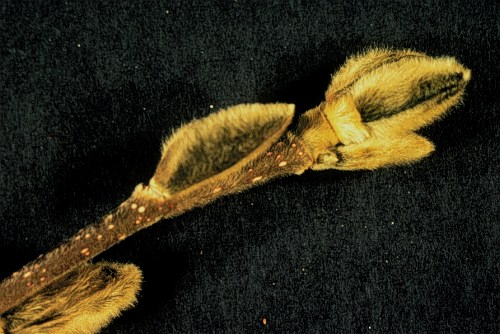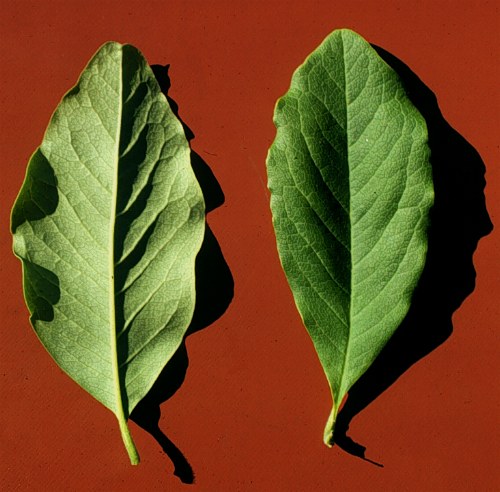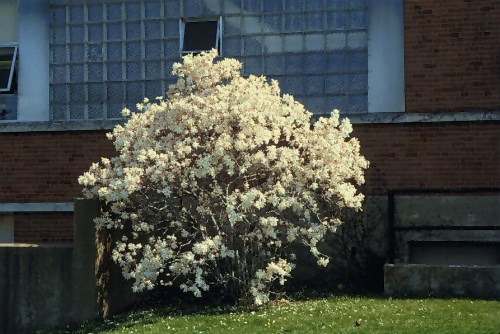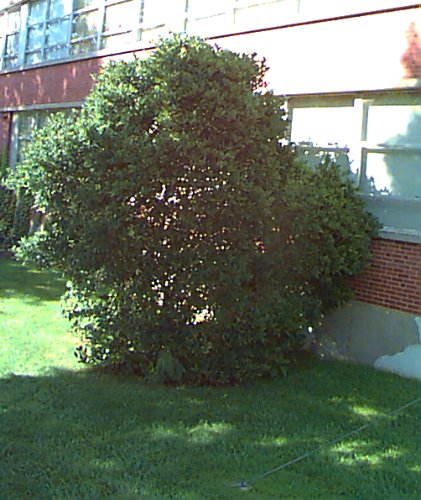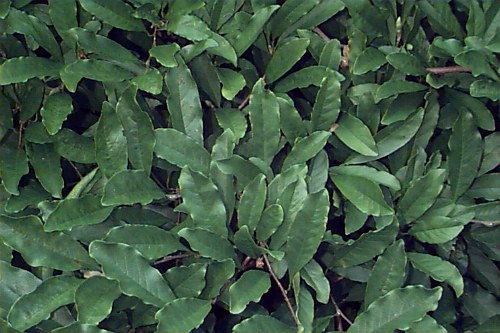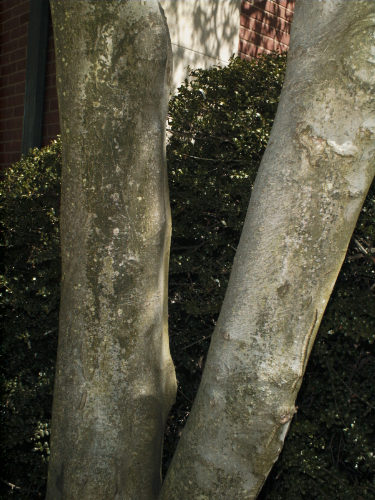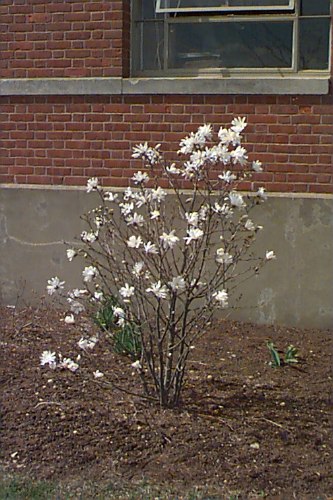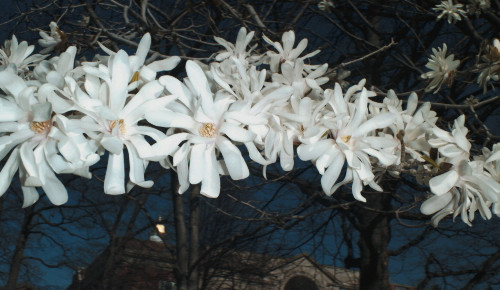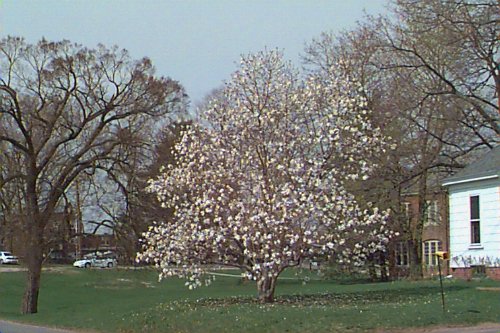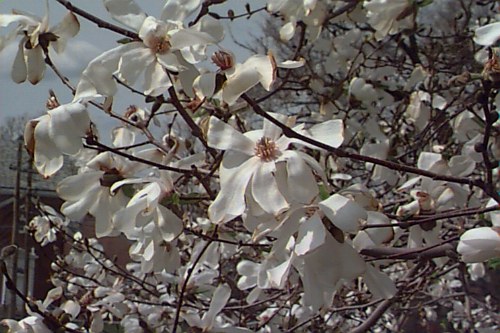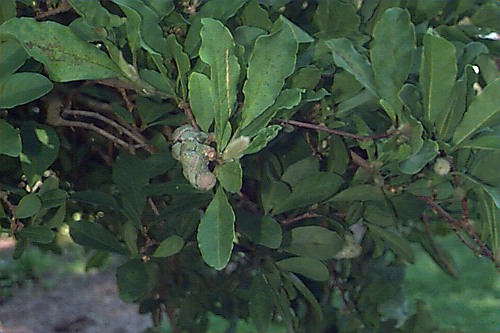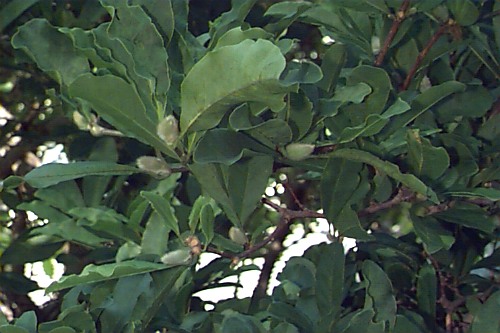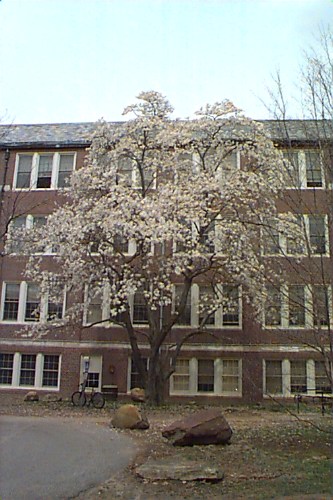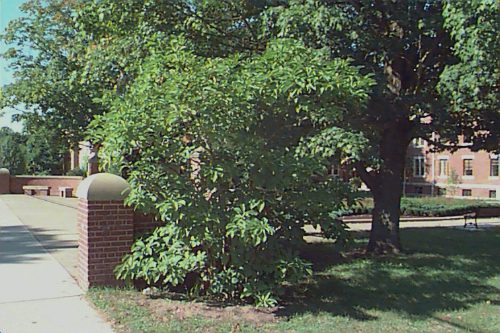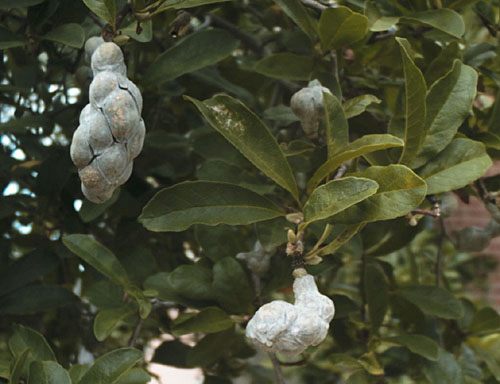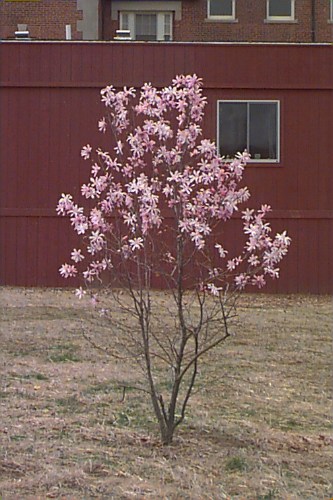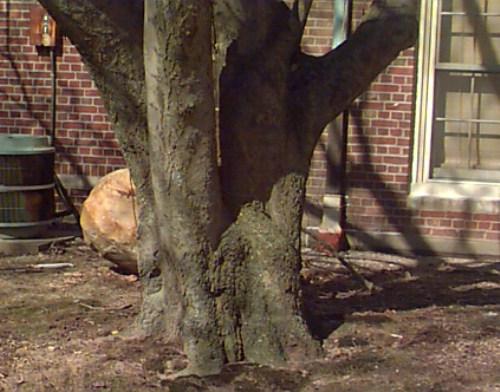Magnolia stellata
Star Magnolia
Magnoliaceae
ExpandHabitat
- native to Japan
- zone 4
Habit and Form
- a deciduous small tree or large shrub
- grows 15' to 20' tall, with a spread of 10' to 15'
- branching is upright-spreading; multi-stemmed
- shape is rounded or oval
- has a somewhat dense-compact, twiggy nature
Summer Foliage
- leaves are elliptic
- 2" to 4" long and half as wide
- leaves are smaller than other magnolias and form a dense foliage mass
- color is medium to dark green
- new leaves emerge with a bronze cast
- clean-looking, high quality
Autumn Foliage
- no fall color develops
Flowers
- 3" to 4" across
- white to pink-tinged
- 12-18 tepals per flower
- each tepal is 1.5" to 2" long
- tepals are narrow and strap-like
- blooms just before M. x. soulangiana
- blossoms lightly fragrant
- very showy in bloom
Fruit
- reddish-green, knobby aggregate fruit
- about 2" long
- often drops before fully developed
- fruit mature and open in early autumn
- mature fruit opens by slits to reveal orange red seeds
Bark
- young twigs have smooth, shiny chestnut brown bark
- main trunks have smooth, silvery gray bark
- bark is ornamental
Culture
- grows best in moist, organic, fertile soil
- relatively adaptable as long as extreme sites are avoided
- situate in locations that are cool in spring to delay early flowering
- full sun is best
Landscape Use
- as a specimen
- for patios
- excellent flowering tree for small spaces
Liabilities
- blooms are frequently injured by spring frosts
- magnolia scale
- soft-wooded and prone to damage from heavy snow and ice
- overall a relatively trouble-free plant
ID Features
- small leaves for a magnolia
- flower buds covered with very long hairs
- 12 to 18 strap-like tepals per flower
- small habit and size for a magnolia
Propagation
- by seed
- by cuttings
Cultivars/Varieties
'Centennial' - One of the finest selections, this plant was released by Harvard's Arnold Arboretum to commemorate the institution's 100th anniversary in 1972. The many-petaled flowers are white with a hint of pink, while the upright, vigorous pyramidal plant reaches 25' tall. It is considered one of the best cultivars and is very popular in the trade.
'Rosea' - This name appears to serve as an umbrella for several light pink-flowered clones. It forms a large, dense shrub or small tree to 15' tall and is common in commerce.'Royal Star' - Perhaps the most common commercial selection, this plant opens white flowers from pink buds slightly later than other selections. It becomes a densely-branched large shrub to 10' tall, clothed in deep green foliage.
'Waterlily' - Pink buds open to lighter-colored, fragrant flowers with many petals, thus the name. A number of different plants appear to be offered under this name. It form an upright, large shrub or small tree to 15' tall. The plant may flower slightly later than other cultivars.
